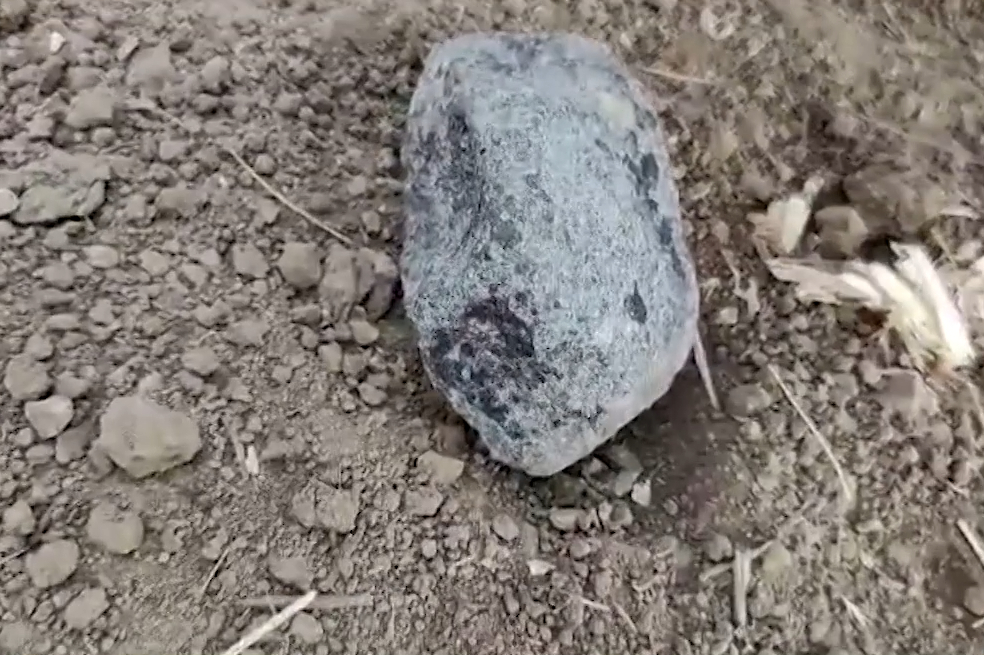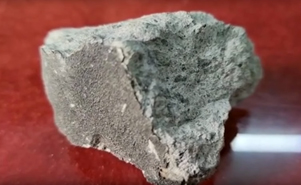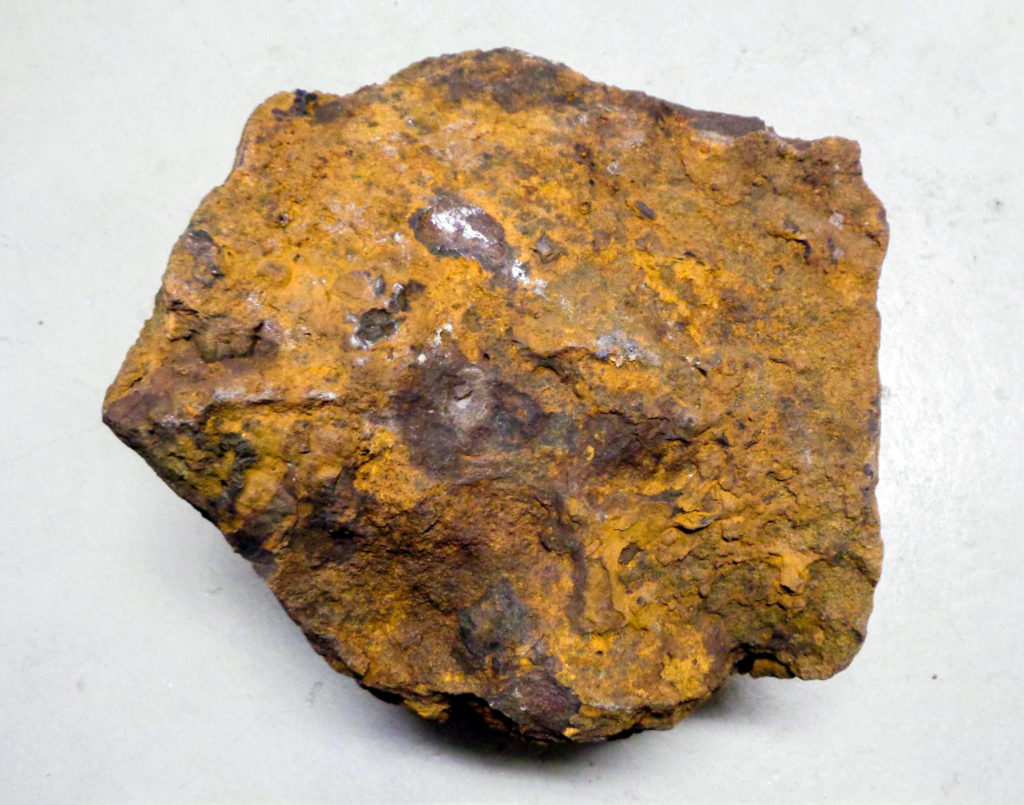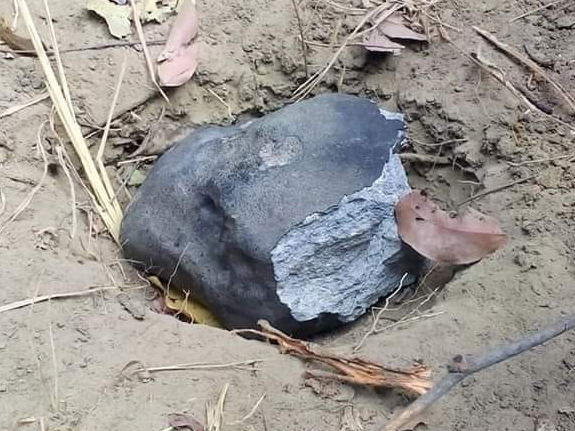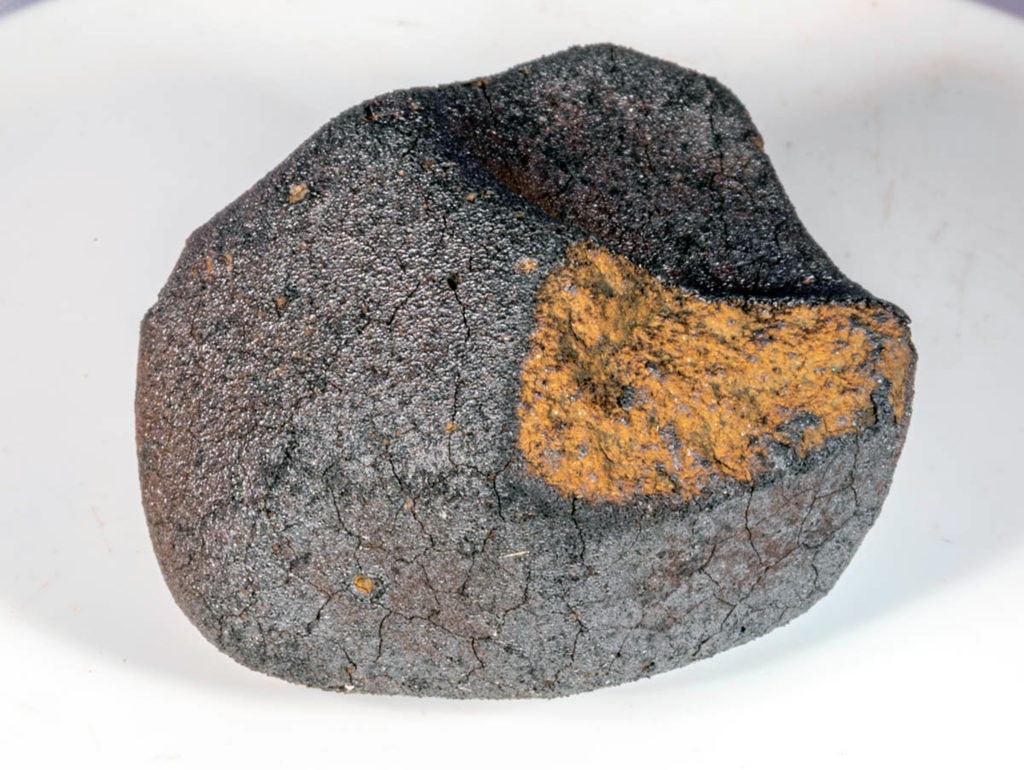Petrographic and geochemical analysis of inversely zoned chondrules
Fabio Joseph, Igor Drozdovsky, Malte Junge, Joanna Brau, Melanie Kaliwoda
MAPS, Version of Record online: 02 July 2025
“Chondrules are one of the oldest objects in our solar system. Therefore, they play an important role as messengers, offering new insights into the early stage of the solar system processes and potential understanding of formation. Therefore, the investigation of all detailed structures, especially not well-known inversely zoned chondrules (IZ chondrules), is crucial. In this paper, we describe the chemical as well as the structural composition of inversely zoned chondrules with EDX, light microscopy, BSE, and Raman spectroscopy, which reveal a new process in the early solar system. Inversely zoned chondrules consist of a pyroxene core surrounded by an olivine rim. The olivines have a higher Fe content (Fa, 39%–41%) compared to those found in most other chondrules. The core displays a radial pyroxene chondrule with sometimes olivines (Fa34). These IZ chondrules have originated during the early stages of our solar system and do not show the typical known forming process of chondrules. Minor fluctuations in the SiO₂ content of chondritic melts can lead to SiO₂ depletion of the residual melt at a constant temperature due to crystallization of pyroxene, which shifts the phase equilibrium in favor of fayalite-enriched olivine, which forms a rim.”


